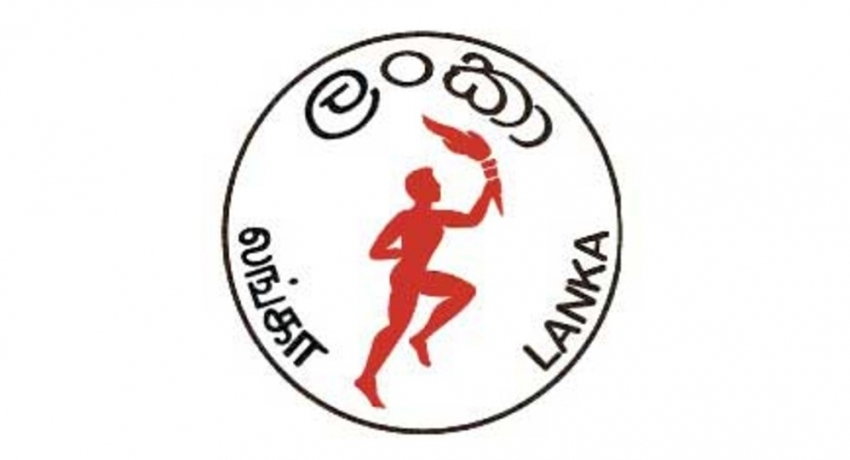In the first half of 2025, Ceylon Petroleum Corporation (CPC) saw its net profit drop by 17.9 % to Rs. 17 billion, down from Rs. 20.7 billion in the same period in 2024. This decline comes as global fuel prices soften and the Sri Lankan rupee strengthens, helping to shrink both turnover and costs.
According to the Finance Ministry’s Mid-Year Fiscal Position Report 2025, CPC’s turnover slid 19.3 % to Rs. 439.5 billion from Rs. 544.3 billion a year earlier. Cost of sales likewise fell 19.2 % to Rs. 377.9 billion from Rs. 467.7 billion.
The report attributes the decline largely to lower international petroleum prices and the rupee’s appreciation, which dampened import costs. Notably, the value of CPC’s petroleum imports dropped to US$ 1.04 billion in the first half of 2025 from US$ 1.23 billion in the same period last year.
While the lower import cost helped, the firm also points out that a stronger rupee reduced its rupee-denominated revenue, which offset some of the gains. Meanwhile, CPC has taken steps to reduce external liabilities: dues to the National Iranian Oil Company declined to US$ 130.96 million by end-June 2025 from US$ 191 million a year earlier, thanks in part to ongoing tea-for-oil barter arrangements.
However, CPC continues to carry a heavy debt burden. In March 2025 it was reported that the corporation remains “debt-ridden”, with outstanding liabilities in excess of US$ 3 billion driven by fuel import loans and unpaid supplier bills. The corporation has also been approved to self-finance the development of 24 oil storage tanks at China Bay, despite its financial constraints.
The competitive landscape for fuel sales in Sri Lanka is also evolving. Historically CPC held a dominant share of around 80 % of the market, but its private-sector competitor Lanka IOC PLC has consistently posted profits in recent years despite operating in the same regulated pricing environment in contrast to CPC’s heavy accumulated losses, which were estimated at LKR 529 billion by end 2020.
Furthermore, regulatory moves have opened the sector to further competition, raising the urgency for CPC to sharpen its efficiency and financial discipline.
This combination of declining profitability, large outstanding debt and growing competition poses a critical test for CPC. The decline in turnover and profit underscores the sensitivity of its business to currency and global fuel price swings, while its debt legacy continues to constrain strategic flexibility. On the competitive front, private sector fuel retailers are proving that profitability is possible even in this environment prompting questions about CPC’s operational model and cost structure.
For CPC to reverse its downturn and maintain market leadership, it will need to address three linked priorities: stabilising and reducing its debt burden, improving operational and treasury efficiency, and responding proactively to increased competition. The performance of CPC in the remainder of 2025 will thus be watched closely by stakeholders, especially given its key role in national energy security and the implications for public-sector finances.





